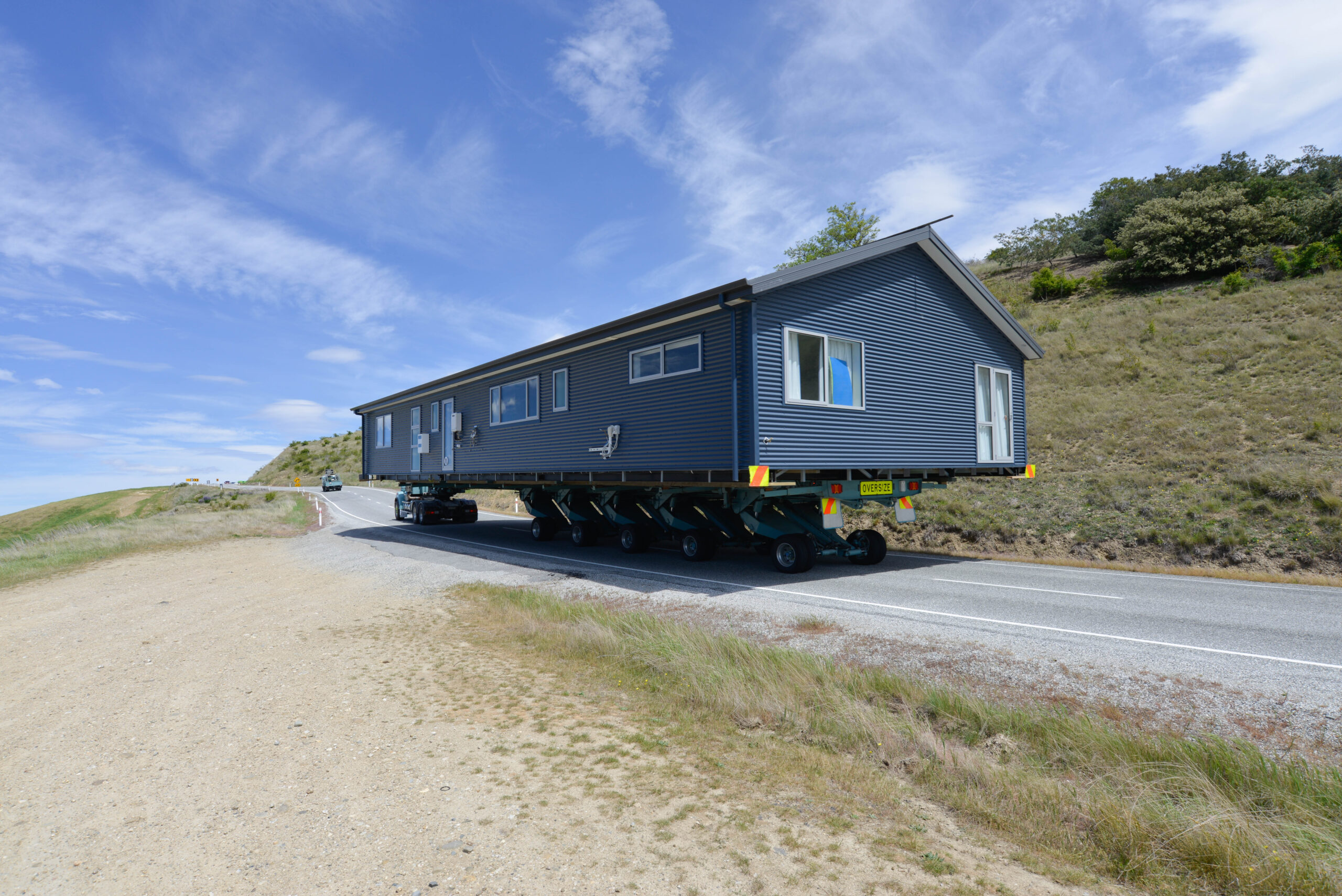Moving a portable building or a shed might seem like a straightforward task, but the reality is that the cost involved can vary significantly. This variability depends on several factors such as distance, size of the shed, condition, and accessibility. Whether you’re moving the building on-site or over long-distance, understanding all the aspects and planning effectively is essential to ensure a smooth relocation process.
Average Cost to Move a Portable Building
The average cost of moving a portable building can range from $250 to $6,000, depending on size, distance, and other factors. Here’s a breakdown of these costs:
| Type of Move | Cost Range |
| On-Site Moves | $250–$375 |
| Local Moves (up to 50 miles) | $300–$1,500 |
| Long-Distance Move (over 50 miles) | $3,000–$6,000 |
Each type of move involves various costs, including transportation (truck rental fees and fuel), labor charges based on hours worked, and equipment rental for do-it-yourself (DIY) moves. Other expenses are encountered in terms of permits for oversized loads and additional charges due to accessibility challenges. For more detailed information on moving costs, you can check BobVila’s guide on shed moving costs.
Factors That Impact Moving Costs
There are numerous factors affecting the overall moving costs, such as:
- Size and Weight of the Shed: Larger sheds need bigger trucks and more labor, increasing costs.
- Distance: Long-distance moves rack up fuel costs and potentially require escorts for oversized loads.
- Labor Costs: Hiring movers typically costs $25 to $50 per hour.
- Accessibility: Difficult terrain or obstructions make the move more complex and costly.
- Permits: Moving large sheds may require permits, adding extra fees.
- Local Regulations and Zoning Laws
- Shed’s Condition and Age
Breaking Down Costs by Move Type
- On-Site Moves (Average cost: $250–$375)
- Local Moves (Within 50 miles) (Average cost: $300–$1,500)
- Long-Distance Moves (Over 50 miles) (Average cost: $3,000–$6,000)
Steps in the Shed Moving Process
- Inspection and Preparation
- Equipment Rental or Procurement
- Loading and Transport
- Unloading and Resetting
Additional Cost Considerations
- Permits: Oversized loads require permits, which add to the cost.
- Specialized Equipment: Cranes, custom transport frames, or pilot vehicles can drive up the price.
- Resetting Costs: Securing the shed at the new location can cost $100 to $500.
- Insurance Coverage
- Fuel and Mileage Costs: Long-distance moves will see higher costs for fuel and mileage.
DIY Shed Moving: Pros and Cons
- Pros: Cheaper, especially for short distances.
- Cons: Potential safety hazards, risk of damage, and no professional expertise.
For insights into the pros and cons of DIY shed moving, it’s essential to evaluate both cost savings and potential challenges. For more detailed information, you can refer to uShip’s tips on shed movers’ costs.
Common Challenges When Moving a Shed
- Poorly Accessible
- Unexpected Weather Events
- Improper Lifting and Moving Techniques
- Missing Permits
Impact of Shed Size and Type
- Small Sheds (6’x8′ to 8’x10′): $300 to $1,000 for local moves, $3,000 to $4,500 for long-distance moves.
- Medium Sheds (8’x12′ to 10’x12′): $450 to $1,300 for local moves, $3,500 to $5,000 for long-distance moves.
- Large Sheds (12’x12′ to 12’x20′): $600 to $1,500 for local moves, $4,000 to $6,000 for long-distance moves.
Choosing a Reliable Service Provider
- Get At Least Three Quotes
- Check Company’s Equipment and Expertise
- Ensure All Charges Are Included in Quotes
- Consult Customer Reviews
For those considering professional movers, Angie’s List provides guidance on factors influencing moving costs, which can be particularly useful.
Conclusion
Relocating a portable building such as a shed is a process that involves various costs, logistical considerations, and planning. While relocating a shed can be expensive in the short run, it often turns out to be more cost-effective than building a new one in the long run, especially if the existing shed is in good condition. Therefore, create a detailed budget and plan considering all potential costs to avoid unexpected expenses and ensure smooth relocation.
For additional reading on related costs, check Move.org’s insights which provide further context and considerations.

